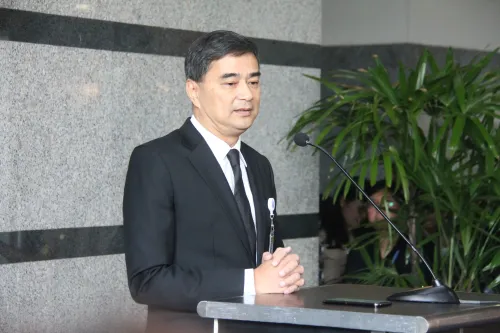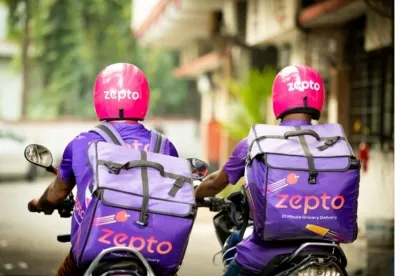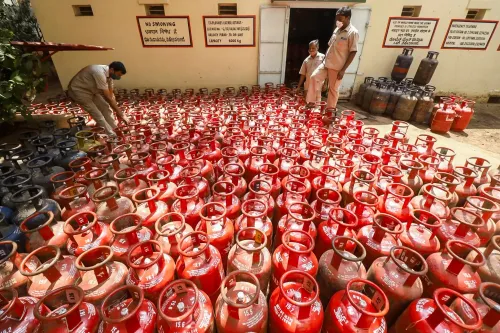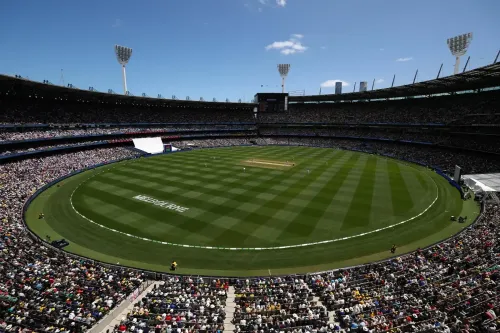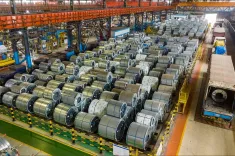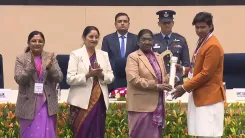Will Most Displaced People in Manipur Be Resettled by December?

Synopsis
Key Takeaways
- Resettlement process initiated for displaced individuals in three phases.
- Over 300 relief camps have been established.
- Financial support of Rs 3.03 lakh for destroyed homes.
- Efforts underway to restore free movement in the region.
- Infrastructural projects are planned for future development.
Imphal, July 4 (NationPress) With the situation improving, the Manipur government has commenced the resettlement of those displaced by violence, as stated by Chief Secretary Prashant Kumar Singh on Friday.
The state has set up over 300 relief camps across Imphal Valley and the hilly areas to shelter more than 57,000 men, women, and children, who were forced to flee due to ethnic violence that erupted over two years ago.
According to the Chief Secretary, the resettlement will occur in three phases—July, October, and December—with the goal of completing the process by December 2023. “The majority of displaced individuals will return to their original villages. However, even after December, around 9,000–10,000 individuals may still be unable to go back, particularly those from areas like Tengnoupal, Churachandpur, and Kangpokpi districts. These individuals will be offered accommodations in prefabricated houses, with many already constructed and an additional 1,000 currently under construction,” Singh explained to the media in Imphal.
The resettlement initiative was launched following several discussions with various Union Government ministries, including the Ministry of Home Affairs (MHA).
Singh mentioned that the first phase of resettlement has already commenced and is expected to wrap up by the end of this month (July). The second phase is planned for October, followed by the final phase in December.
Notably, the number of displaced individuals has decreased from approximately 62,000 to 57,000.
Financial assistance of Rs 3.03 lakh will be provided to families whose homes have been destroyed, while a lump sum will be given to those whose homes sustained partial damage after two years of abandonment.
Singh also emphasized that the state government is undertaking various initiatives to restore free movement across different regions of the state.
“The central and state governments, alongside civil society organizations and community leaders, are collaborating to restore free movement,” he said, highlighting some positive changes on the ground.
The Chief Secretary noted that farmers from various communities are now able to conduct their agricultural activities without major issues. Furthermore, several significant infrastructure projects—such as the Manipur Police Headquarters, an Information Technology Park, and new Manipur Bhavans in Dwarka (Delhi) and Kolkata—are in the works and will be operational in due time.


